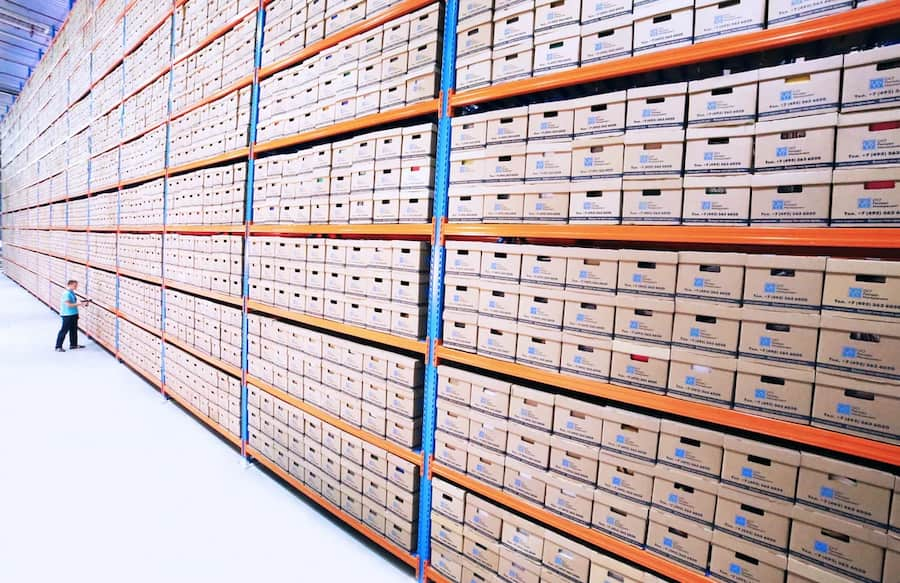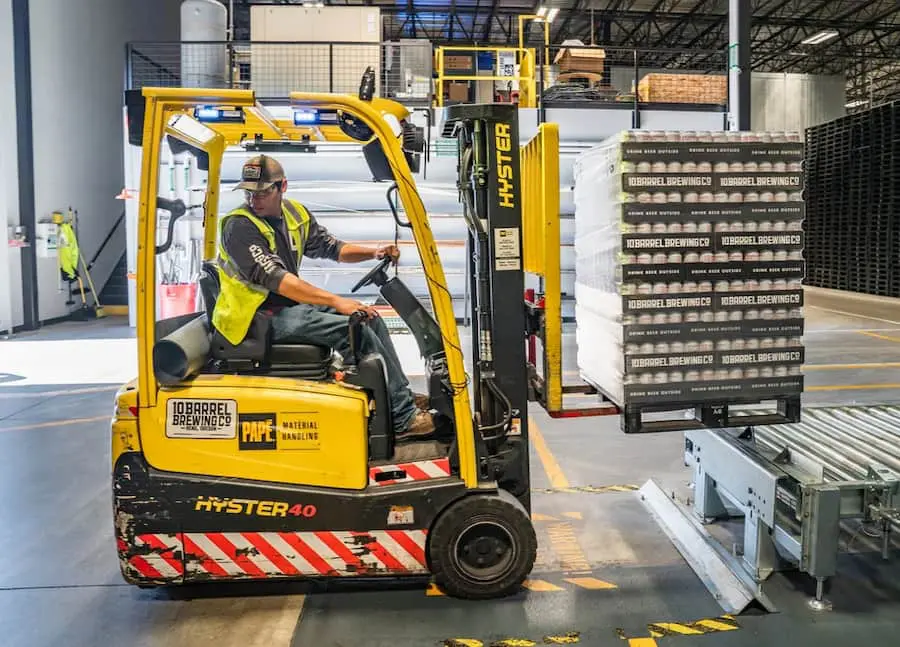Product Demand Forecasting – The Peaks and Valleys
If 2020 has taught us anything, it’s that you never know what’s headed your way.
That’s especially true in logistics, where crises can have wide-ranging, unforeseen effects. A crisis may flatten demand or send it soaring to new peaks. According to leaders in the transportation sector, the COVID pandemic didn’t just sink demand. It was notable for creating “broad imbalances,” depending on which sector you were in.
In other words, the future will always be unpredictable. So how can you simultaneously prepare for both peaks and valleys in product demand? Here are some strategies that will prepare you for either situation.
PREPARING FOR HIGH DEMAND: FORECASTING AND STRATEGIC PLANNING
Data suggests that the average inventory accuracy is much lower than people think. It may be as low as 65% in the U.S. In some cases, improving inventory accuracy is enough to help you prepare for the unexpected. But it’s important that you have inventory management measures in place. Old techniques are headed for obsolescence. Here’s what you need for accurate inventory these days:
● Real-time data. To deal with demands peaks or valleys, you need real-time data feeding to a dashboard. This provides an accurate snapshot of your current inventory
● Identifying slow-moving products. When you know what your slow-moving products are, you’ll know where to shift resources. Your staff, money, and time can all focus on more in-demand products.
● Eliminating “motion waste.” With live data, you can optimize current inventory to respond to demand levels. This eliminates wasted motion by ensuring staff focus on high-impact shipments.
● Inventory reconciliation. Taking time to measure your inventory can slow things down temporarily, but it can give you an accurate snapshot that prepares you for a sudden shift in demand.
Inventory accuracy isn’t just about knowing where things are. Having an accurate picture of your inventory provides a map for your preparation. It allows you to deprioritize non-essential shipments and focus energy and resources on the products most likely to experience high demand.

USE LEAN PRINCIPLES TO KEEP UP WITH PEAK DEMAND, RATHER THAN STOCKPILING INVENTORY
Lean principles eliminate wasted motion, but not always in an intuitive way. The traditional method for avoiding stockouts in on-demand inventory was to carry large amounts of each product. But this can get expensive. It also consumes extra space and time.
By using lean principles, distributors can team up with manufacturers to keep up with high demand for specific products. Smaller, frequent shipments help keep the product moving. This also avoids taking up too much warehouse space when demand estimates are wrong.The keys? Shorten your lead times. Rely on manufacturers closer to home. Using inventory data and “big data” analytics to model upcoming demand, you can significantly reduce inventory levels and keep your warehouse flexible to changes.It’s also important that you get proactive with the labor requirements that come with higher demand. Consider what happens when Bix Box retailers like Walmart may factor into your decision-making. If Walmart is suddenly throwing $1 million of logistics business your way, you’ll not only have to keep the inventory to satisfy demand, but you’ll need the labor in place to keep things moving. You’ll have to offer full-time positions to part-time or hire temporary warehouse workers. You’ll have to provide benefits to attract talent. Are you ready?
If not, now’s the time to create the plan. Prepare for success. Create a written plan for what happens if your needs were to suddenly spike due to events out of your control.
● Prepare your inventory. Get an accurate snapshot of your inventory. This is the information you’ll use to prioritize some products over others. If you don’t have accurate, real-time information in place yet, don’t wait until demand suddenly shifts.
● Put lean techniques into place. Try not to anticipate or predict demand by making big orders with big downsides. Find used-up storage space that doesn’t contribute to your bottom line. The less waste you have, the more responsive you’ll be.
● Shift resources to the priorities. If a large contract comes along and you suddenly need to divert resources to one product, are you ready? If not, you’ll need a plan in place to add staffing, both temporary and long-term. Don’t expect to put together a benefits package at the last minute. Be ready.

HOW TO HANDLE INVENTORY WHEN DEMAND IS SLUGGISH
Not all demand issues come from sudden peaks. In fact, the least pleasant changes often result from dips in demand: warehouse storage costs, wasteful labor practices, and inventory that no longer moves. Your warehouse’s storage space becomes expensive and wasteful especially when you don’t prioritize properly. This means you’re spending money on resources that don’t sell.
What do you do? For starters, never assume “best guess” is good enough. Your inventory control should be more specific than that.When a large publisher on the west coast approached WSI, they were using a system that made it impossible to do proper inventory management. They stored newspaper print rolls by the truckload, only guessing at their inventory based on what came in and what shipped. That guesswork resulted in inaccurate reporting. It took extra time to reconcile reports. At the end of the year, discrepancies were written off as a loss. None of it was necessary.
Implementing a barcoding system eliminated the guesswork. Simply changing the way they did inventory meant saving money in damage claims. This provides more flexibility during dips in demand. Ultimately, it puts more power in your hands.
A good warehouse management system can also help with both high and low demand. To handle low demand, use warehouse management to ensure you never ship more than is necessary.
When we worked with a specialty cookie manufacturer, they were looking to establish a distribution network. One challenge with getting established is figuring out how to make distribution as efficient as possible–especially as sales are in the “growth” phase.
The manufacturer was able to use WSI’s existing network to “plugin” its operations to an existing system. They could optimize their roll-out with significant discounts rather than learn as they went. The habits they built during periods of low demand could then be scaled to periods of larger demand.
When you have low demand, trial-and-error techniques won’t work. There simply won’t be enough information to help you optimize your operation. Work with a strategic partner to ensure that your fulfillment operations are at maximum efficiency, even when demand is low.
HANDLING ANYTHING LIFE THROWS YOUR WAY
Throughout any challenge in logistics, adaptability is key. Your dedication to adaptability–whether that means higher demand or lower demand–may be the only thing that stays put. But if you understand how to prepare for shifts in demand, new developments don’t have to feel like curveballs.
Find out more about WSI’s capabilities by getting in touch with us today.
About the Author

Mikayla Josefchuk
Mikayla Josefchuk is WSI’s Inside Sales and Marketing Representative, providing customers with insights on tailored supply chain solutions including warehousing, transportation, and eCommerce fulfillment. A business school graduate of the University of Missouri – Columbia, Mikayla focuses on business development and content creation. When she’s not at work, Mikayla spends her time on walks with her dog, Boone.



